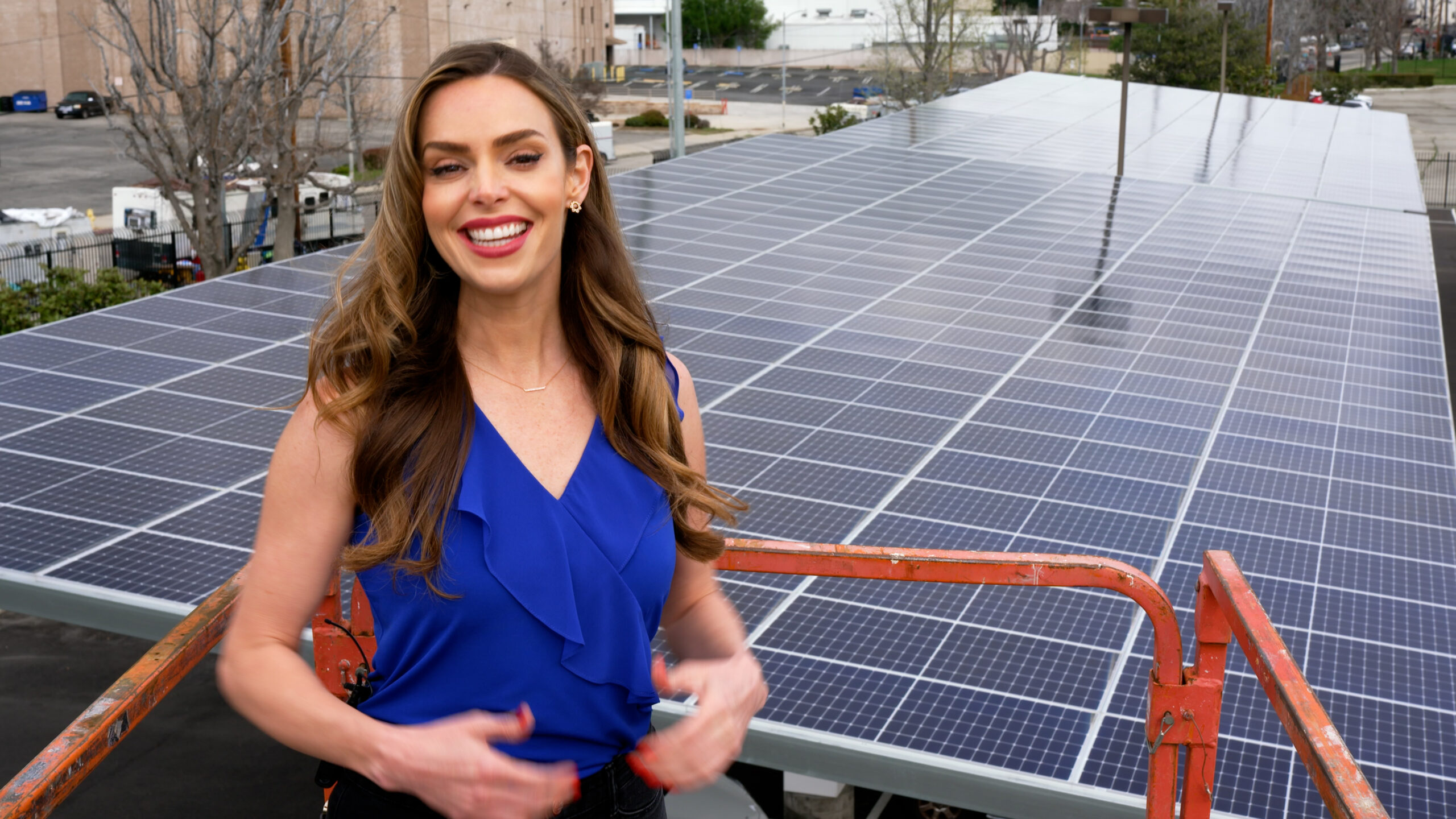How to Read Your Utility Bill and Calculate ROI After Going Solar

How to Read Your Utility Bill and Calculate ROI After Going Solar
Pro tips for maximizing the value of your solar investment
Switching to solar is one of the smartest financial decisions a homeowner can make—but it often comes with a few surprises when that first post-solar utility bill arrives. Some expect the bill to disappear entirely, while others assume they’ll be immune to rising electricity rates. The reality is a bit more nuanced.
At California Solar Broker, we’re here to clear up the confusion, explain how your utility bill changes after going solar, and help you track your return on investment with confidence.
Common Misconceptions About Solar Billing
Let’s set the record straight on two of the most common misunderstandings:
1. “I won’t get a utility bill anymore.”
Unless you’re completely off-grid with a battery-backed system, you’ll still be connected to your utility. That means you’ll receive a monthly bill—even if it’s much lower than before. Most solar customers still pay a small grid connection fee and may draw occasional energy from the utility during nighttime or high-usage periods.
2. “My energy habits don’t matter anymore.”
Just because you went solar doesn’t mean your consumption won’t change. Most systems are designed based on the past 12 months of usage. If you’ve recently added a pool, EV, or new appliances—or if you simply use more energy than before—your bill may reflect that. It’s worth considering these changes when sizing your system from the start.
What Affects Your Utility Spend After Solar?
Several key factors determine how much you’ll continue to pay:
Location
Your state plays a major role. California, for example, has some of the highest utility rates in the country, making solar savings especially significant. On the flip side, places like Utah and New Mexico offer relatively lower electricity costs, which may affect ROI timelines.
Energy Use
Bigger homes, more occupants, and inefficient appliances all increase demand. Energy-smart building design or recent upgrades like insulation and efficient HVAC systems can help reduce your overall usage.
Seasonal Demand
Homes in hot climates like Arizona may see a spike in summer AC use, while homes in colder regions face higher winter heating loads. Even after going solar, your seasonal habits impact how much you rely on the grid.
How to Read Your Pre-Solar Utility Bill
Before switching to solar, it’s important to understand your current electricity usage:
kWh (Kilowatt Hours) – This is the actual unit of energy your home consumes. Tracking your monthly and annual kWh usage helps determine how big your solar system should be.
Generation and Distribution Fees – Sometimes labeled as “transmission and supply,” these charges reflect the cost of delivering electricity to your home.
Time-of-Use Rates – In areas like California, utility rates fluctuate depending on demand. Peak hours (like evenings) are more expensive. This structure affects how valuable solar production is when it aligns with peak demand.
Daily Average Consumption – Most utility bills include your average energy use per day and month. Collect 12 months of this data to estimate your total annual usage and ensure your solar system is designed to match.
What Changes After Going Solar?
Once your solar system is up and running, your utility bill changes—but it doesn’t vanish.
You’ll likely see:
A connection fee to stay tied to the grid
Net metering credits if you send excess power back
Small charges if you use more electricity than your panels generate
Compare Solar Production With Utility Usage
Your solar monitoring app (from your installer or inverter) tells you how much energy your system generates. Your utility bill shows how much you pulled from the grid. Here’s how to figure out your full usage:
Check your utility bill for any negative numbers in the kWh section—this is what you exported.
Open your monitoring app and check total solar production for the same billing period.
Subtract exported kWh from total production to find how much you used directly from your solar.
Add that number to the kWh pulled from the grid to get your total energy usage.
This side-by-side comparison helps you understand how much of your electricity is solar-powered and how much you still rely on the grid.
